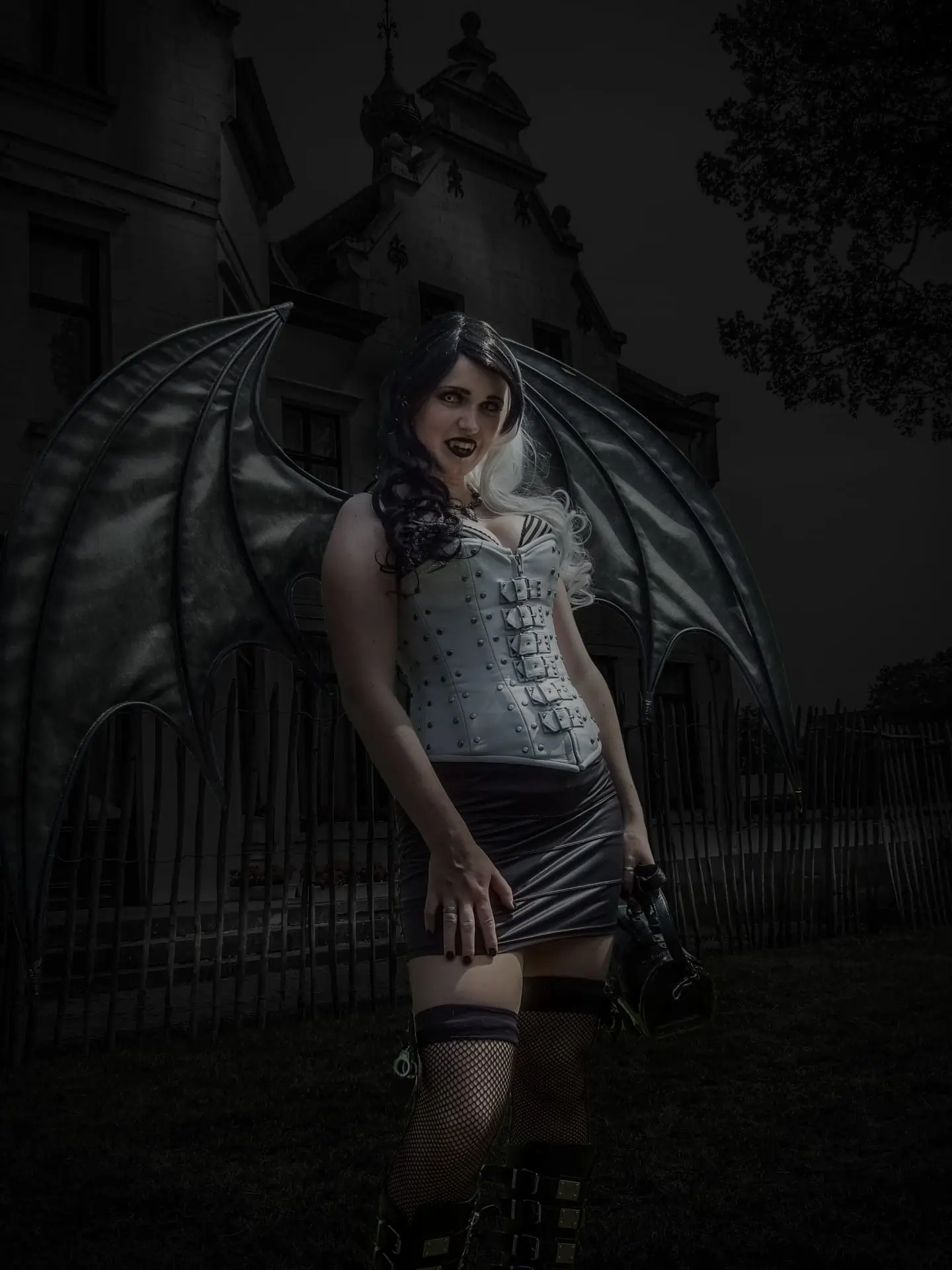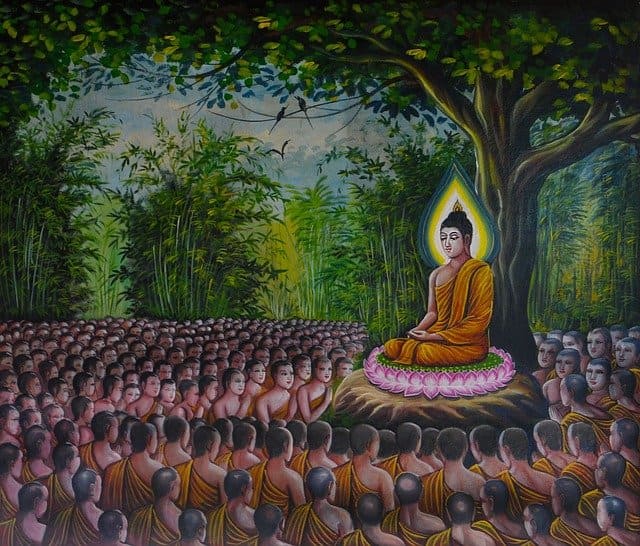
Wicca, a neo-pagan religion founded in the mid-20th century, is distinguished by its deep respect for nature and its cycles. Wiccan celebrations, known as Sabbats and Esbats, are key moments in the ritual calendar. These festivals allow practitioners to connect with the rhythms of the earth, the phases of the moon, and the divine energies represented by the God and the Goddess. This article explores in detail the Sabbats and Esbats, their significance, traditions, and the ways in which they are celebrated.
The Sabbats: Solar Festivals
Wiccan Sabbats are eight major festivals that mark the solstices, equinoxes, and the midpoints of the solar year. These celebrations are deeply rooted in ancient European traditions, although they have been adapted and reinterpreted by modern Wiccans.
1. Samhain (October 31)
Samhain, one of the most important Sabbats, is often considered the Wiccan New Year. It marks the end of the harvest season and the beginning of winter. It is a time for reflection on death and rebirth, a moment to honor ancestors and loved ones who have passed away. Rituals often include offerings of food, lighting candles to guide spirits, and divinations to glimpse the future.
2. Yule (December 21)
Yule celebrates the winter solstice, the shortest day of the year, and the return of the light. It is a time of rejoicing for the rebirth of the Sun. Traditions include decorating a Yule tree, lighting a Yule log, and feasting with family and friends. Symbols of Yule include holly, ivy, and mistletoe.
3. Imbolc (February 1)
Imbolc, also known as Brigid, marks the midpoint of winter and the approach of spring. It is a festival of purification and renewal. Rituals include house cleaning, lighting candles to honor the growing light, and offerings to Brigid, the goddess of poetry, healing, and smithcraft.
4. Ostara (March 21)
Ostara, the spring equinox, symbolizes the balance between night and day and the renewal of life. Celebrations often include planting seeds, decorating eggs (symbols of fertility), and rituals to encourage growth and prosperity. Ostara is a time to honor youth, vitality, and the potential of the reborn nature.
5. Beltane (May 1)
Beltane is a fertility festival celebrating the union of the God and the Goddess, symbolizing the fertility of the earth. Beltane fires are lit for purification and protection, and Maypole dances are common traditions. It is a time of joy, dancing, and celebrating sensuality and life.
6. Litha (June 21)
Litha, the summer solstice, is the longest day of the year, celebrating the power and light of the Sun. Rituals include bonfires, herb baths, and outdoor feasts. It is a time to thank the Sun for its generosity and to celebrate life and vitality.
7. Lammas (August 1)
Lammas, or Lughnasadh, marks the beginning of the grain harvest. It is a time of gratitude for the first fruits of the earth and preparation for the colder months ahead. Traditions include baking bread with the first harvested grain, community feasts, and food offerings.
8. Mabon (September 21)
Mabon, the autumn equinox, is a festival of thanksgiving for the abundant harvest and recognition of the balance between light and darkness. Celebrations include Thanksgiving meals, decorating with harvest symbols such as apples, gourds, and nuts, and rituals of sharing and generosity.
The Esbats: Lunar Festivals
In addition to the solar Sabbats, Wiccans also celebrate Esbats, monthly rites dedicated to the moon, particularly the full moon. Each full moon is a powerful time for magic, divination, and spiritual meditations. Esbats allow practitioners to connect with the lunar cycles and honor the Goddess in her lunar aspect.
Significance and Rituals
Esbats are often more personal and introspective ceremonies than Sabbats. Practitioners may perform spells, meditate, or simply commune with the Goddess. Rituals often include:
- Circles of protection: Creating a sacred space for the ritual.
- Invocations of the Goddess and the God: Calling upon the deities to bless and guide the ritual.
- Magical workings: Spells and enchantments for various purposes, such as healing, protection, or prosperity.
- Meditations and divinations: Using tarot, runes, or scrying mirrors to gain visions and spiritual guidance.
Conclusion
Wiccan festivals, whether solar or lunar, offer a rich tapestry of traditions and rituals that honor natural cycles and divine forces. By celebrating Sabbats and Esbats, Wiccans strengthen their connection with the earth, the moon, the sun, and the spiritual energies around them. These celebrations are moments of joy, reflection, and renewal, allowing practitioners to live in harmony with the eternal rhythms of nature.
Sources
Wicca - 7 août 2024 - Rael2012 -  - Voir l'historique
- Voir l'historique



















